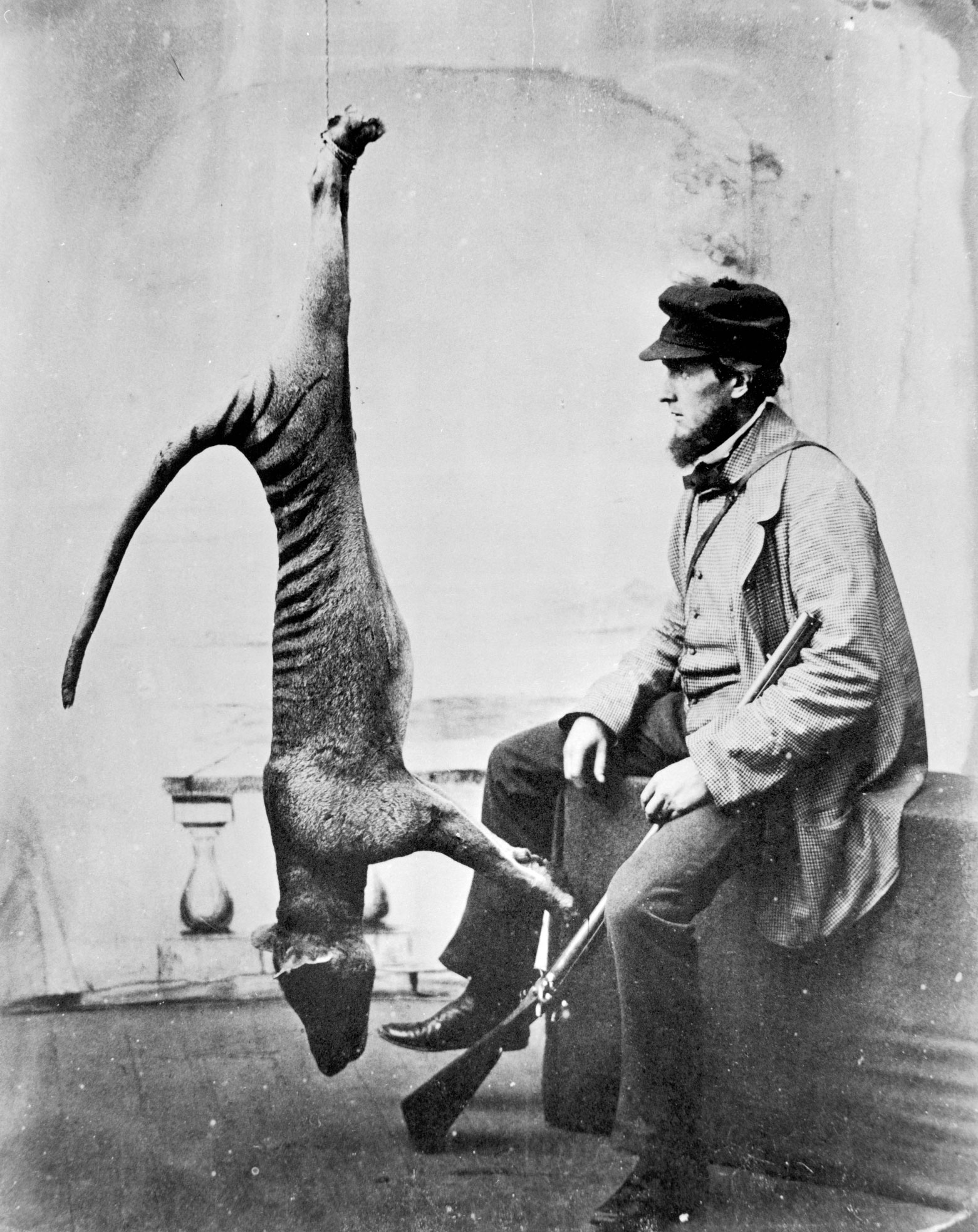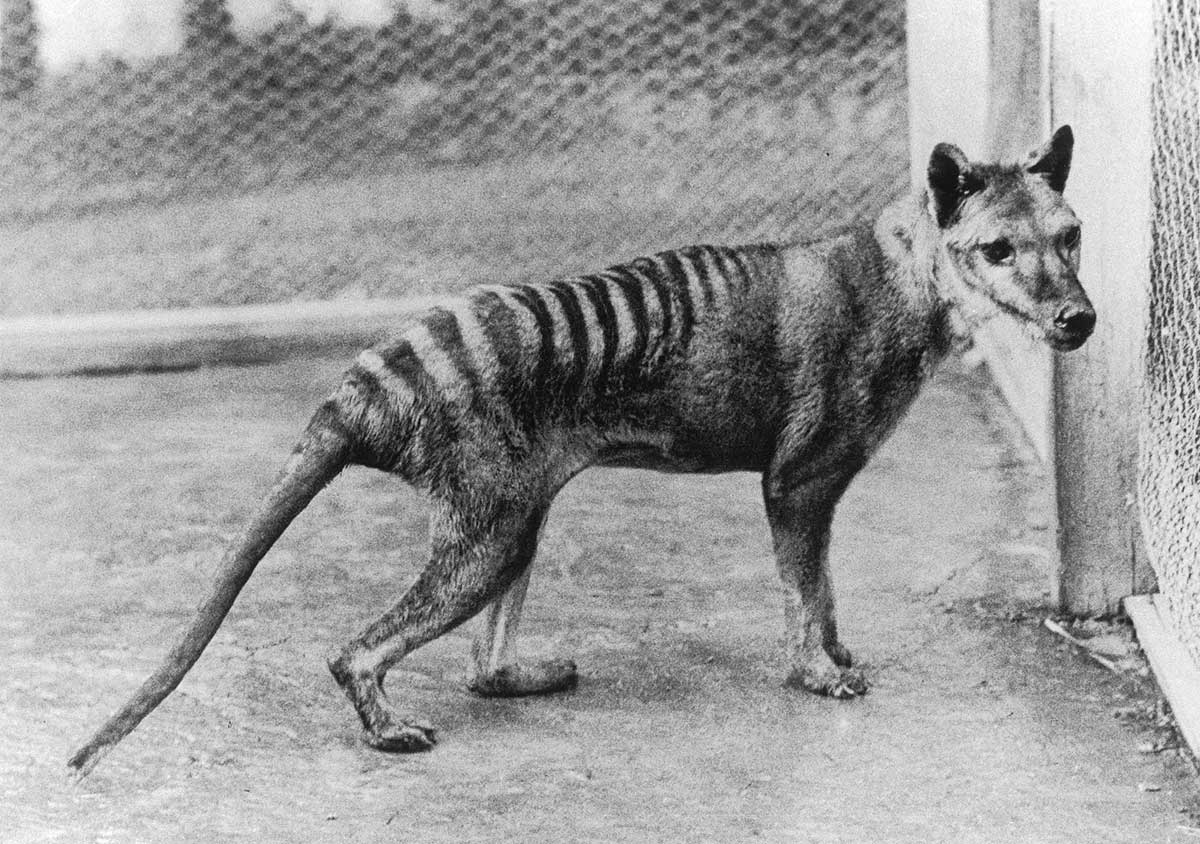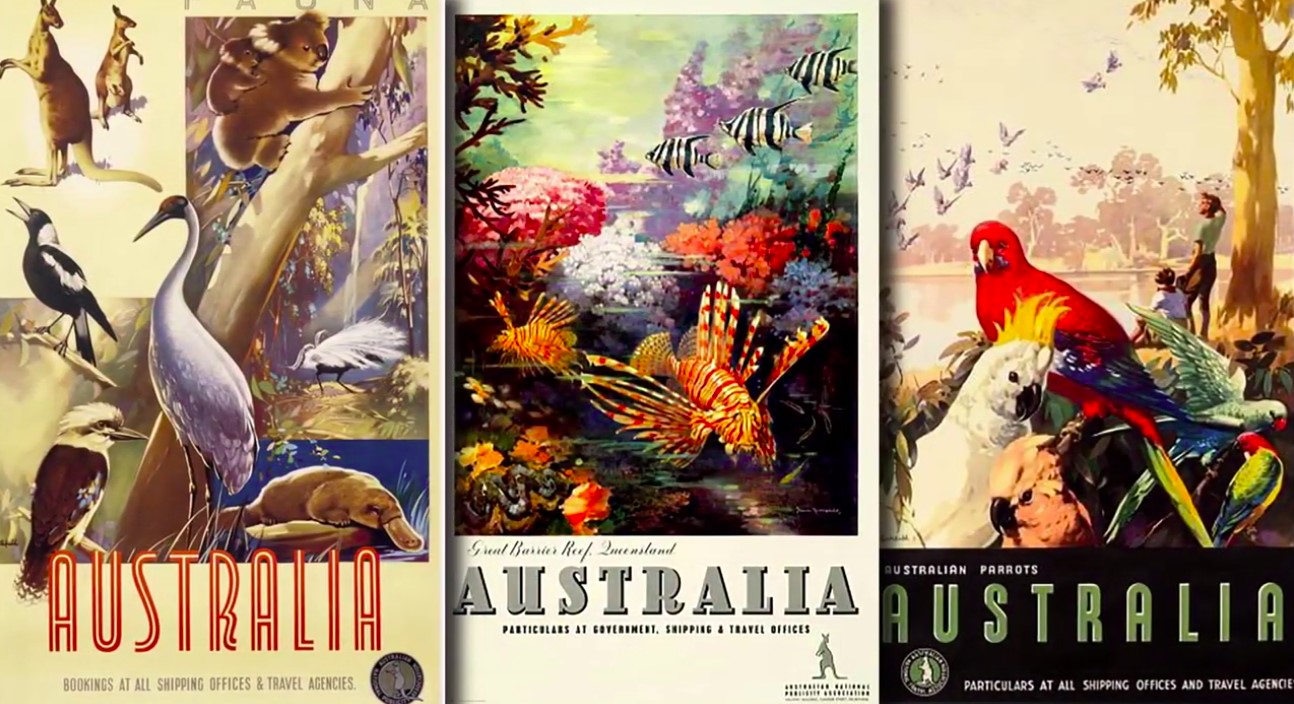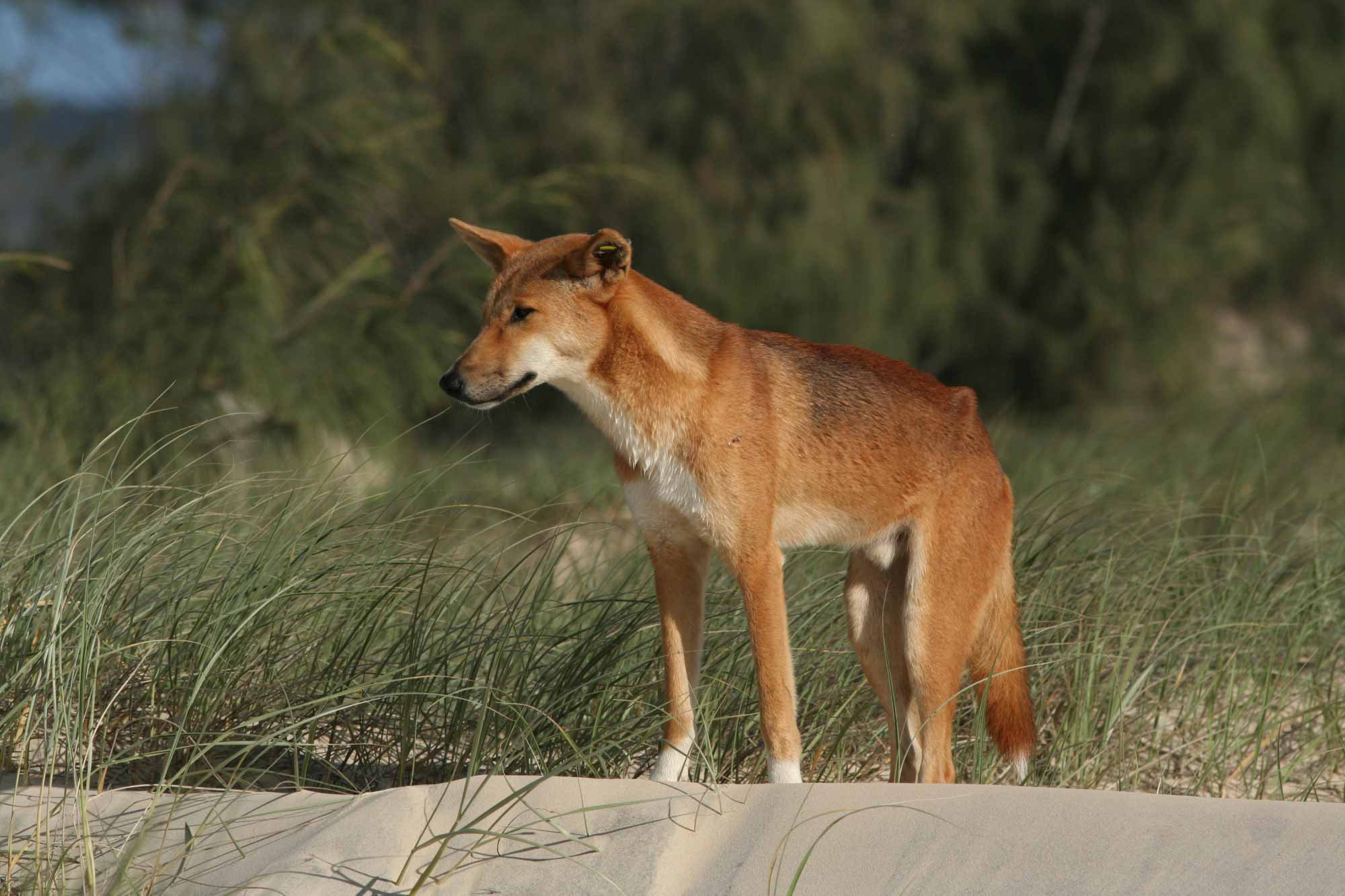Hunter poses with dead thylacine, 1869

In the 1800S, European colonists believed that thylacines were preying on their farm animals. Although it is likely that feral dogs were mainly responsible for killing farm animals, the colonists began to hunt thylacines.
As early as 1830, farmers paid hunters who could prove that they had killed a thylacine. In 1888 the Tasmanian Government began paying people a bounty of £1 for killing a full-grown thylacine and 10 shillings for killing a thylacine pup. At least 3500 thylacines were killed by hunters between 1830 and the 1920s.
Source
Tasmanian Museum and Art Gallery

Details
+ --
Themes:
-
Type:












